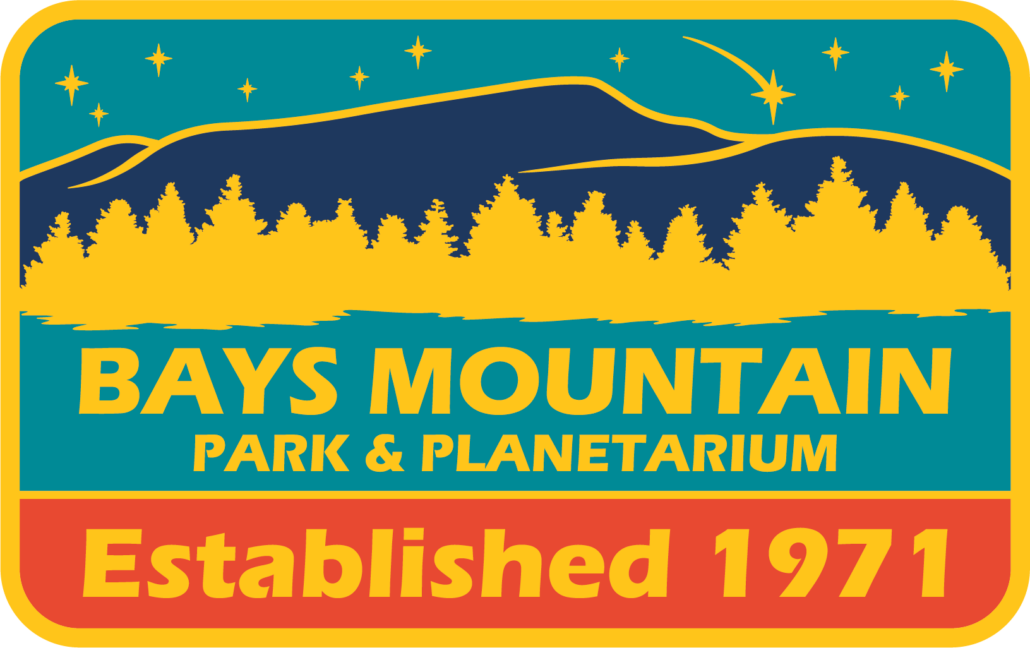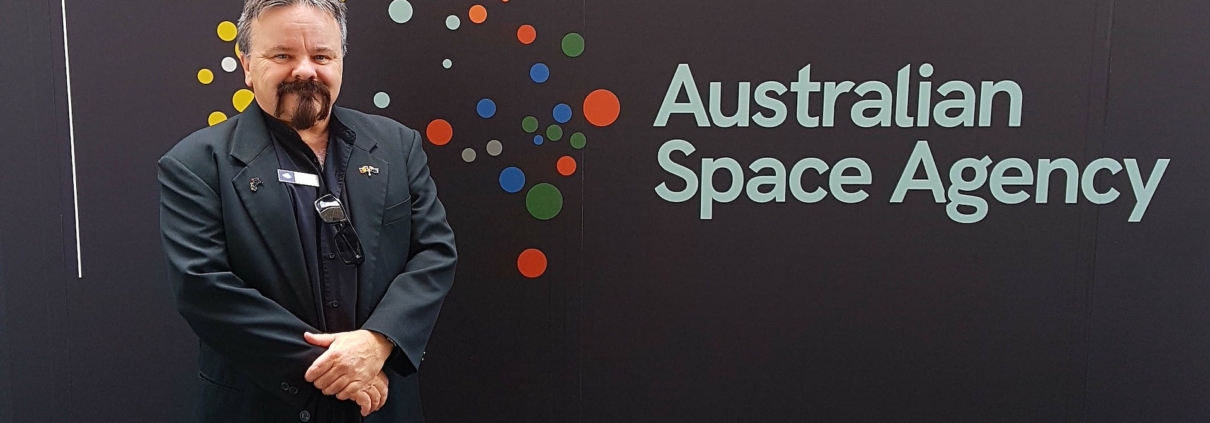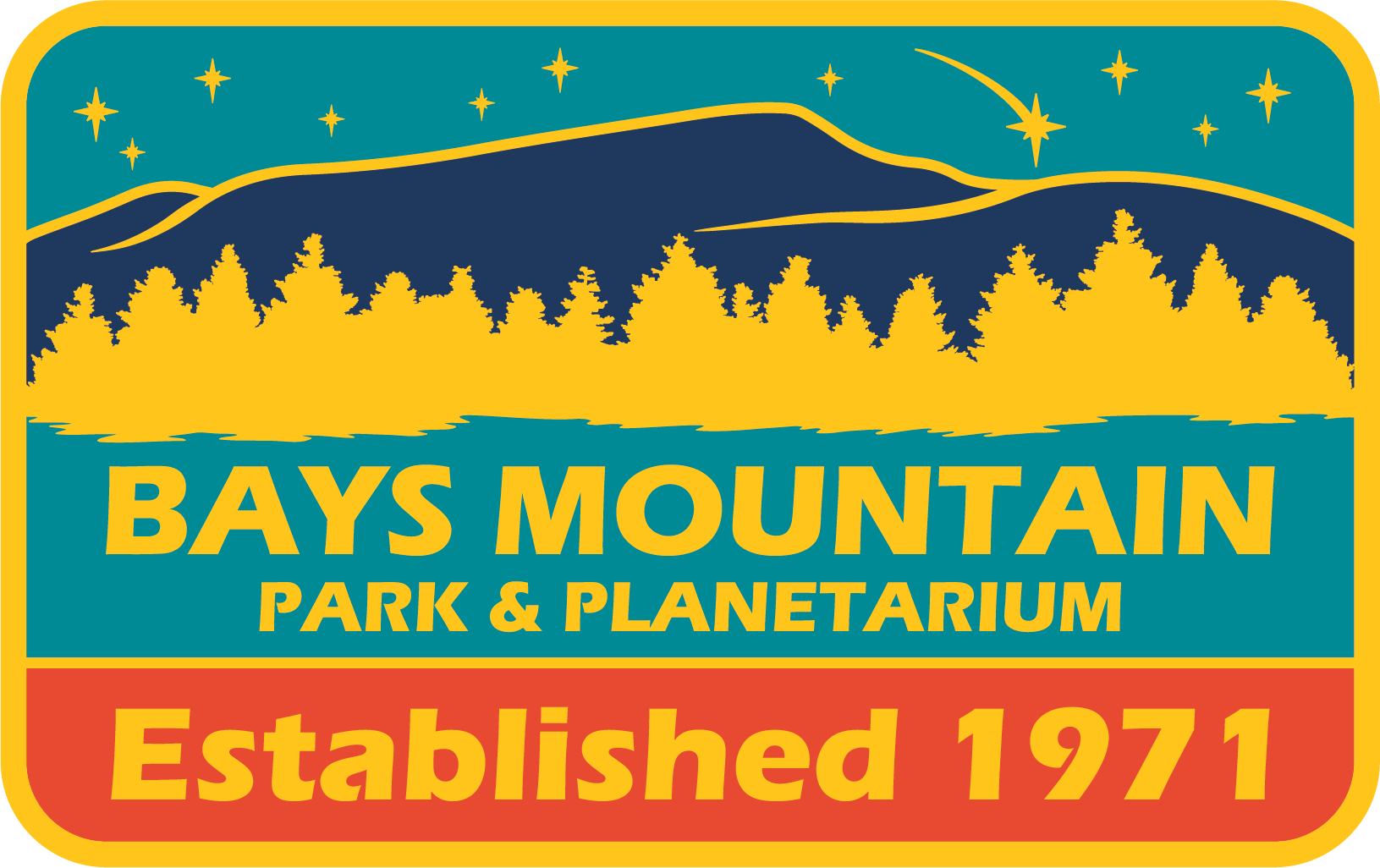Special Planetarium Program – “Night Skies of Aboriginal Australia”
Bays Mountain Park and Planetarium has scheduled a special, one-night-only program next month featuring Paul Curnow – an astronomy lecturer at the Adelaide Planetarium in South Australia.
Curnow will be live at the planetarium hosting “Night Skies of Aboriginal Australia” – a program showcasing Aboriginal Dreaming stories, their dark pattern shapes, the names given to the stars and the differences between the way the sky is viewed compared to the classical 88 constellations used by contemporary astronomers.
The 60-minute program will take place at 7 p.m. on November 10. Registration is required. Tickets are $15 each or $10 for children 12 or younger. This is a special presentation by the Bays Mountain Park Association.
To register, visit https://bit.ly/46YHKwY. You can also register by clicking on the CivicRec link in the Connect Kingsport app or go to www.kingsporttn.gov and click on “CivicRec,” then search for “Aboriginal Australia” in the search bar.
About “Night Skies of Aboriginal Australia”
Aboriginal Australians have been looking at the night sky for tens of thousands of years. This connection with the night sky represents some of the earliest ponderings about the cosmos and was an effort to explain natural phenomena. Moreover, the stars were used for navigation, education, as a seasonal guide to the availability of foods, in addition to reinforcing cultural identity and spirituality.
About Paul Curnow
After three decades of research, Paul Curnow is South Australia’s Longest serving planetarium lecturer and is regarded as one of the world’s leading authorities on Australian Aboriginal night sky knowledge.
In addition, Curnow runs several popular courses for the public that focus on the constellations, planetary astronomy, meteoritics, historical astronomy and ethnoastronomy, which primarily deals with how the night sky is seen by non-western cultures.
On this trip to the United States, Curnow is making his way across the country and providing presentations like this at the Griffith Observatory in Los Angeles and the Lowell Observatory in Flagstaff, AZ.







